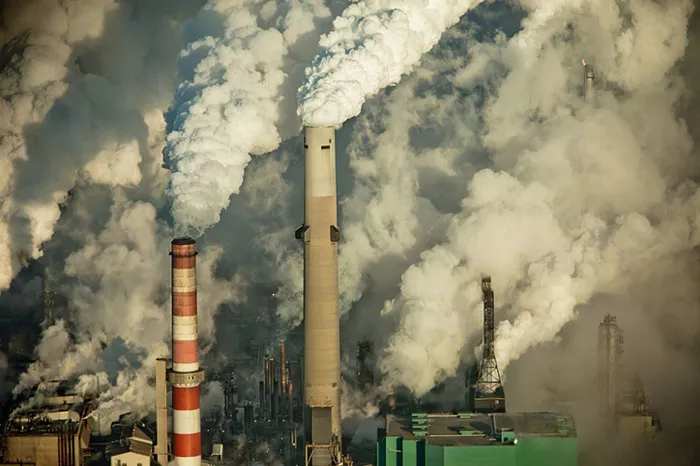The BRICS nations are on track to have their fossil fuel capacity drop below half of their total installed power capacity by the end of 2024, signaling a significant shift towards cleaner energy sources. This development is highlighted in a recent report by Global Energy Monitor (GEM) and represents a milestone in the global transition from coal, oil, and gas to renewable energy.
Originally formed by Brazil, Russia, India, China, and South Africa, the BRICS group has recently expanded to include Iran, the United Arab Emirates, Ethiopia, and Egypt. This bloc comprises approximately half of the world’s population and accounts for a third of global gross domestic product (GDP) and carbon dioxide emissions. Despite historically relying on fossil fuels, particularly coal, the latest data indicates a rapid transition toward renewable energy in these nations.
Non-Fossil Power Capacity on the Rise
According to the GEM report, the BRICS countries have already added 190 gigawatts (GW) of non-fossil power capacity this year, primarily from wind and solar sources. In stark contrast, only 72 GW of fossil fuel power is projected to come online within the BRICS nations in 2024. Even if an additional 88 GW of fossil capacity currently under construction is completed, it would still not match the volume of non-fossil energy additions.
By the end of the year, the BRICS nations are expected to boast approximately 2,289 GW of renewable energy capacity compared to 2,245 GW from fossil fuels. For context, the European Union achieved this 50% share of renewable energy in the early 2010s, while the G7 reached parity only last year.
Renewables Set to Triple by 2030
The BRICS nations are also accelerating the development of renewable energy. Currently, there are 1,550 GW of wind and utility-scale solar projects either under construction or in the planning stages, which is more than double the capacity of fossil fuel projects in the pipeline. When including hydropower, the ratio of renewable projects to fossil fuel projects in development approaches three to one.
If the current trajectory continues, the BRICS countries could nearly triple their renewable energy capacity by 2030. This aligns with the global targets established at the 28th Conference of Parties (COP28) to the United Nations Framework Convention on Climate Change, which aim to triple renewable energy and limit global warming to within 1.5 degrees Celsius. If growth continues at this pace, the total renewable energy capacity in BRICS could increase by more than 2.5 times by the end of the decade.
Challenges Ahead
Despite these advancements, fossil fuels will not be entirely phased out from the BRICS energy mix. Every member country, with the exception of Ethiopia, continues to have active coal, oil, or gas projects under development. If these projects are completed, coal capacity could expand by 36%, while oil and gas capacity could increase by 53%. This ongoing investment in fossil fuels poses challenges to the clean energy transition and risks undermining the progress made in renewable energy development.
James Norman, Project Manager for the Global Integrated Power Tracker at GEM, highlighted this tension, stating, “The BRICS bloc is at a watershed moment. The clean energy transition really is happening everywhere. Still, BRICS are some of the only countries in the world planning new coal projects, which could undermine the impressive progress to date in cleaning up their energy systems.”
As the BRICS nations move forward with unprecedented renewable energy development, their ability to balance new fossil fuel projects with their environmental commitments will be crucial in shaping the global energy landscape. While the impending decline of fossil fuels below 50% of total capacity marks a noteworthy achievement, the journey toward fully decarbonized power systems remains a complex and evolving challenge for these emerging economies.
Related topic:
What Kind Of Fossil Fuel Is Shale Gas?

